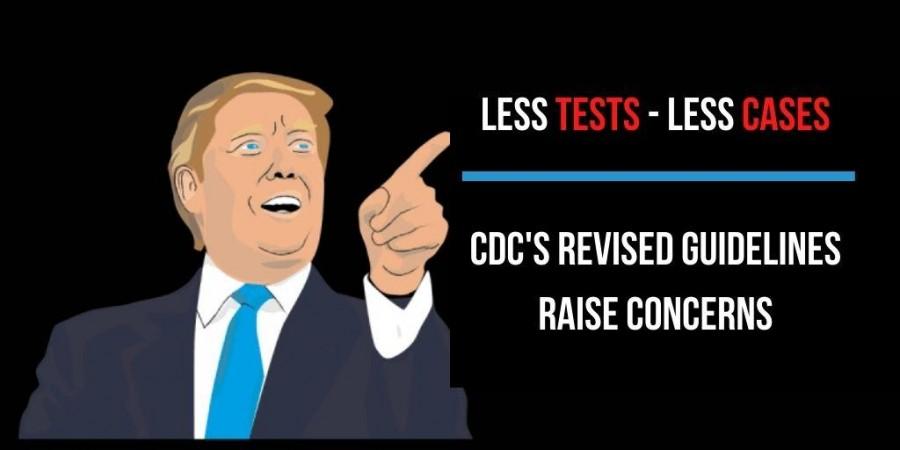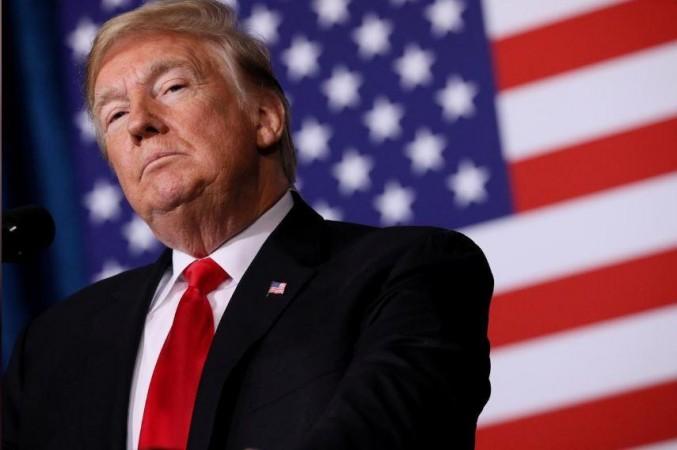
In a surprising move, the Centers for Disease Control and Prevention reversed its stand on public testing for COVID-19. After previously urging people to come forward and get tested, even if you don't have symptoms, CDC now has a completely different viewpoint regarding who should get tested.
As per CDC's updated guidelines, people without symptoms don't need to be tested. This is even if they briefly came in contact with a COVID-19 positive person. Listing out various scenarios regarding considerations for COVID-19 diagnostic testing, CDC ruled out some important situations when a person would need to get tested.
"If you have been in close contact (within 6 feet) of a person with a COVID-19 infection for at least 15 minutes but do not have symptoms," CDC says "You do not necessarily need a test"
Similarly, "If you do not have COVID-19 symptoms and have not been in close contact with someone known to have a COVID-19 infection," CDC says "You do not need a test."
Furthermore, "If you are in a high COVID-19 transmission area and have attended a public or private gathering of more than 10 people (without widespread mask-wearing or physical distancing)," even then "You do not necessarily need a test," says CDC.
Trump administration coerced CDC

According to a CNN report, a federal health official revealed that the sudden change in CDC guidelines on COVID testing is a result of pressure from the top down, accusing the upper ranks of the Trump administration influencing CDC's decision-making.
Besides the source, CDC's new directive is in line with what the White House has been suggesting when it comes to testing. Trump has been vocal about testing less in the country. Many have suspected of political influence behind CDC's new directive.
Contradictory move
The latest move contradicts CDC Director Robert Redfield's own remarks. Only last month, Redfield had told ABC News that people "don't need symptoms to get tested. He also warned that the ongoing protests and rallies in the US were driving transmission.
In July, CDC had urged people without symptoms who came in contact with COVID-19 patients to get tested. That even meant if the two people worked the same shift at a job.
A risky decision

CDC's decision is facing a lot of criticism. Studies have shown that nearly half of virus spread happens before patients begin to experience symptoms, which is why testing is crucial.
"It's absolutely crucial that we continue to know who is spreading virus and that is largely due to asymptomatic individuals or at least there is a large fraction of spread that is asymptomatic. That makes the new guidance frustrating, to say the least," Dr. Michael Mina, a professor of epidemiology at Harvard's School of Public Health, said.
Dr. Carlos del Rio, infectious disease specialist and associate dean of Emory University School of Medicine, was baffled by CDC's decision.
"I mean, the evidence that I'm aware of as of today is that close to 40% of the cases of the infections are asymptomatic and asymptomatic people transmit the infection. So, not testing -- I mean, if you have been in contact with somebody for a few minutes, that's okay. But if you have been in contact for 50 minutes and that people doesn't have a mask, I think you need to be tested regardless if you have symptoms or not. We know especially young people going into the house and then transmit inside the household. So, the guidelines baffle me and I really don't understand them," Del Rio said.
Despite the resistance, the US Department of Health and Human Services spokesperson denied that the new change won't affect contact tracing efforts. But statistics show a completely different picture.








